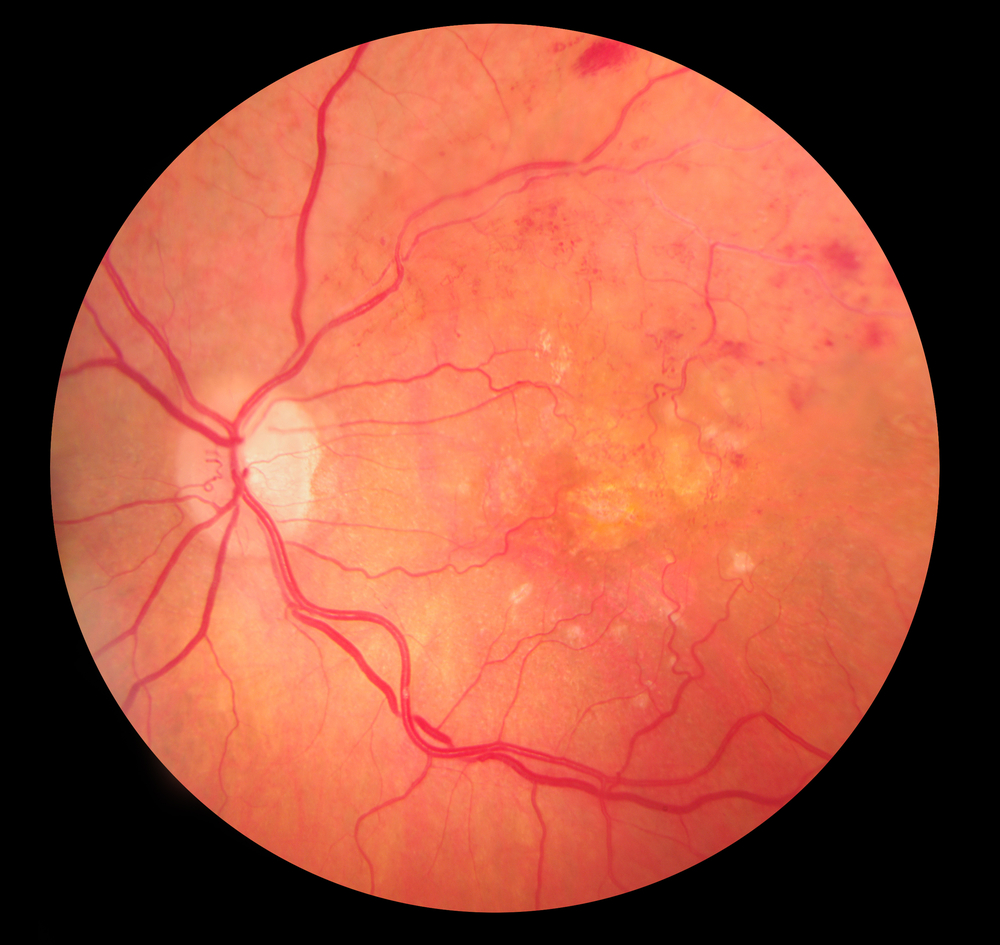Diabetic retinopathy is the eye disease caused by having diabetes. It is one of the leading causes of blindness in the developed world and affects almost every patient with diabetes to varying degrees.
Both Type 1 and Type 2 patients with diabetes can develop the eye disease. Development is not prevented by good sugar control, that is, diabetic retinopathy can not necessarily be avoided.
Tight sugar control and a low A1C, however, can be instrumental in avoiding severe vision loss.
Symptoms of Diabetic Retinopathy
Diabetic retinopathy can cause no symptoms, blurry vision, floaters and blindness depending upon the stage or severity of the disease.
Most commonly patients experience blurry vision due to swelling of the macula.
Floaters could be an early sign of bleeding inside the eye. Severe loss of vision can occur from bleeding or diabetic retinal detachment – both occurring in advanced stages of the disease.
Ideally, we would like to make the diagnosis of diabetic retinopathy while your vision is still 20/20!
Stages of Diabetic Retinopathy
Retinal swelling is the most common complication of the diabetic retinopathy. Diabetic macular edema (DME) is defined as retinal swelling of the macula. The swelling develops when the normal blood vessels of the retina start to leak and fluid accumulates in the macular area.
Swelling away from the macula is not too concerning as there is little effect on the vision.
The greater the macular edema, the worse the vision becomes.
Fewer patients develop proliferative diabetic retinopathy. This is the stage where blindness is possible. In response to inadequate oxygen delivery to the retina, abnormal blood vessels grow, or proliferate, on the surface of the retina, optic nerve or iris.
These abnormal blood vessels are called neovascularization. By definition, patients with neovascularization have proliferative diabetic retinopathy.
Left unchecked, these blood vessels can cause a diabetic retinal detachment or a specific type of painful glaucoma. These two complications of proliferative diabetic retinopathy can cause blindness.
In most cases, our patients at Florida Retina Consultants are examined frequently enough to enjoy life long useful vision.
Treatment of Diabetic Retinopathy
We use the most advanced methods and techniques to treat our patient with diabetic retinopathy.
Treatment options include:
Laser Photocoagulation – the gold standard for the treatment of several complications of diabetic retinopathy.
anti-VEGF injections have become a useful tool for the treatment of many stages of diabetic retinopathy. There are several anti-VEGF medications available, such as Avastin, Eylea and Lucentis.
Injectable steroids can be used to treat various forms of diabetic macular edema. Sustained release injections of steroid, such as Ozurdex, can provide sustained treatment lasting several months or more.
Retina surgery is often not necessary but can be instrumental in cases of retinal detachment or vitreous hemorrhage.

